PT100 works well for most temperature measurements below 400°C. But household natural gas stoves can reach over 800°C, and pottery kilns or high - power electric furnaces can go above 1000°C. That's where K - type thermocouples shine in these ultra - high temperature scenarios. The digital K - type high temperature sensor has a signal amplification conversion module and a stainless steel sheathed K - type thermocouple probe. When the probe is near a high - temperature source, it generates a small voltage due to the thermoelectric effect. The module uses a MAX31855K chip to amplify this voltage, convert it to digital signals, and compensate. You can read temperature readings via the Gravity I2C interface. It can measure a wide temperature range from - 270°C to 1372°C. The error is within ±2°C from - 200°C to 700°C and within ±4°C from 700°C to 1350°C. The attached K - type thermocouple can measure up to 800 °C with an error within ± 2.5 °C. Features include 14 - bit, 0.25°C digital high - resolution temperature measurement, an extremely wide temperature range, a wide input voltage compatible with 3.3V and 5V controllers, a Gravity I2C interface for easy connection, and it fits any K - type thermocouple probe. Applications are in electric ovens, electric furnaces, high - temperature flames, gases, and pottery kilns. Specifications: The signal amplification conversion module has an input voltage of 3.3V - 5.5V, uses a K - type thermocouple probe, has a temperature range of - 270°C - 1372°C, a resolution of 0.25 °C, and specific error ranges. It has a Gravity I2C interface with a logic level of 0 - 3.3V and dimensions of 44.0mm * 22.0mm. The armored K - type thermocouple probe can measure up to 800 °C with an error of ≤ ±2.5°C, has a wire length of 1.5m, a probe length of 50mm, a probe diameter of Φ4mm, and is waterproof, corrosion - resistant, and high - temperature resistant. There are also product wiki and more documents available.
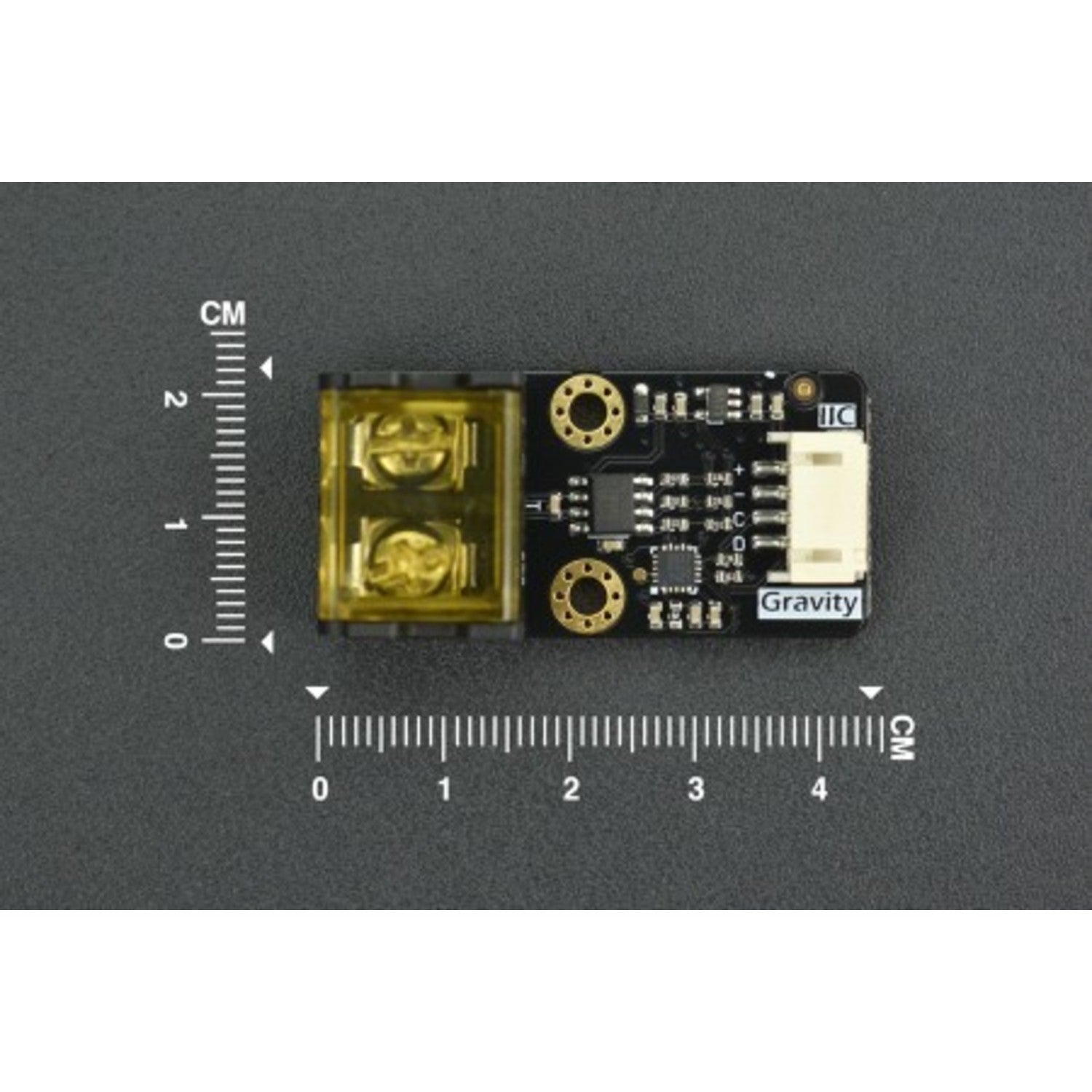
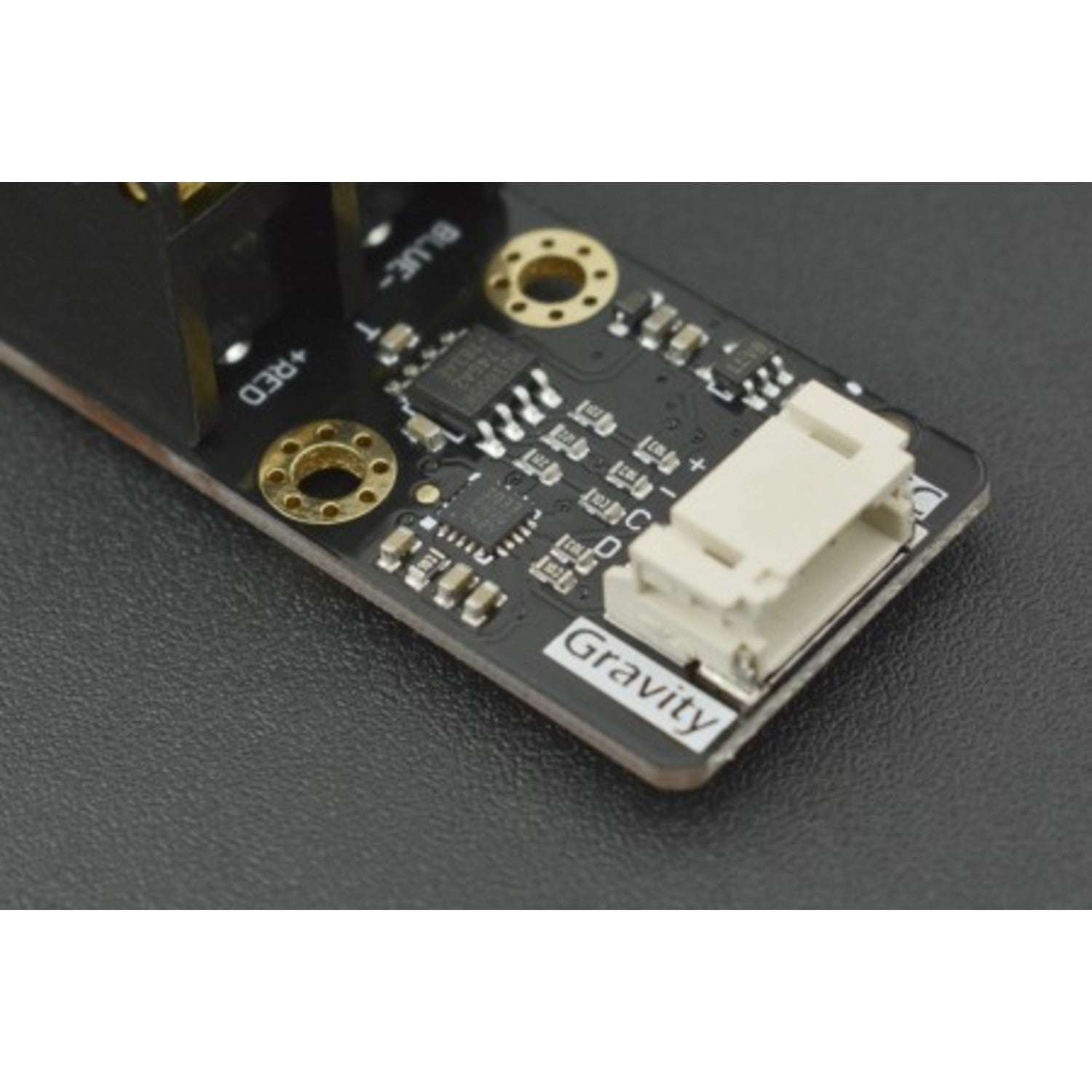
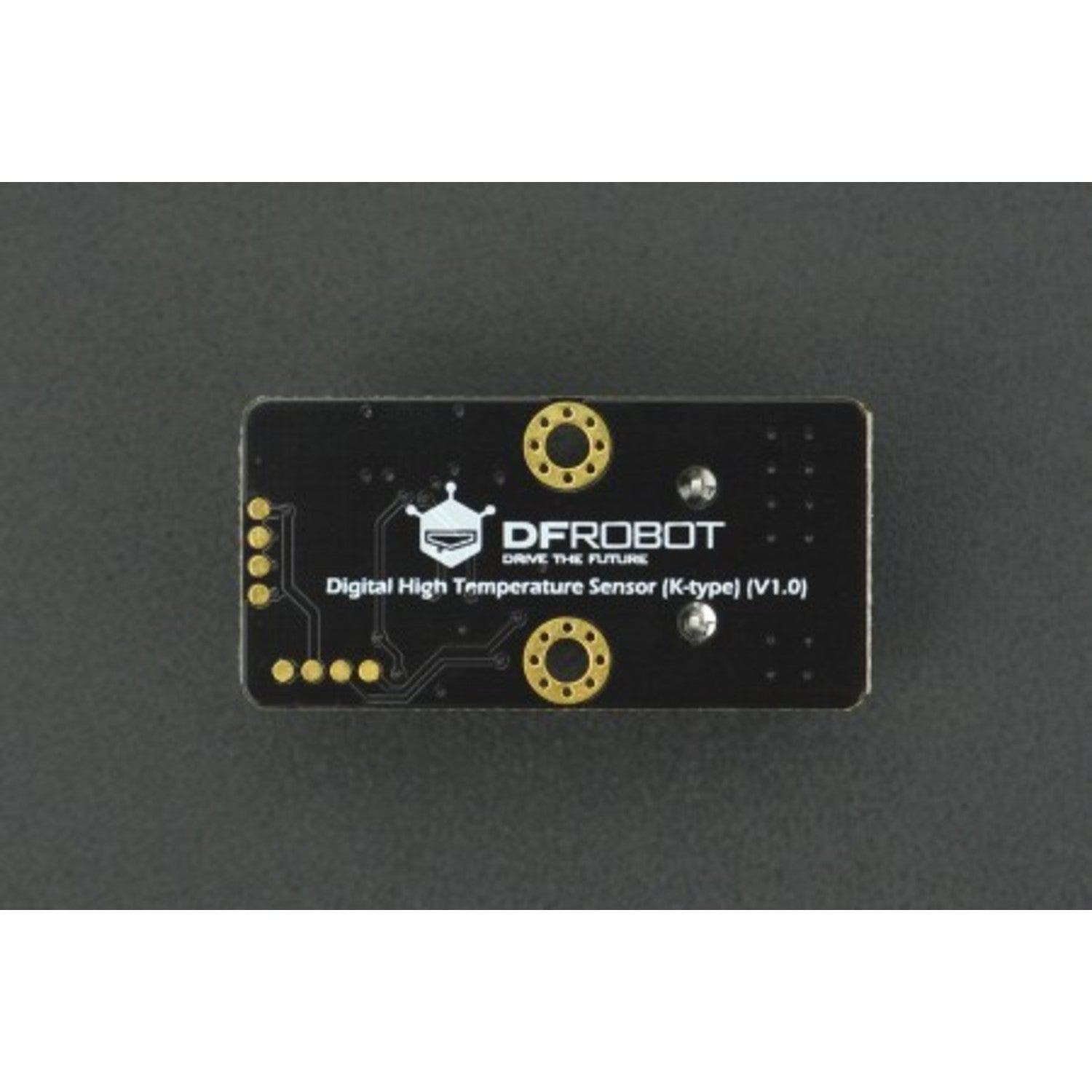
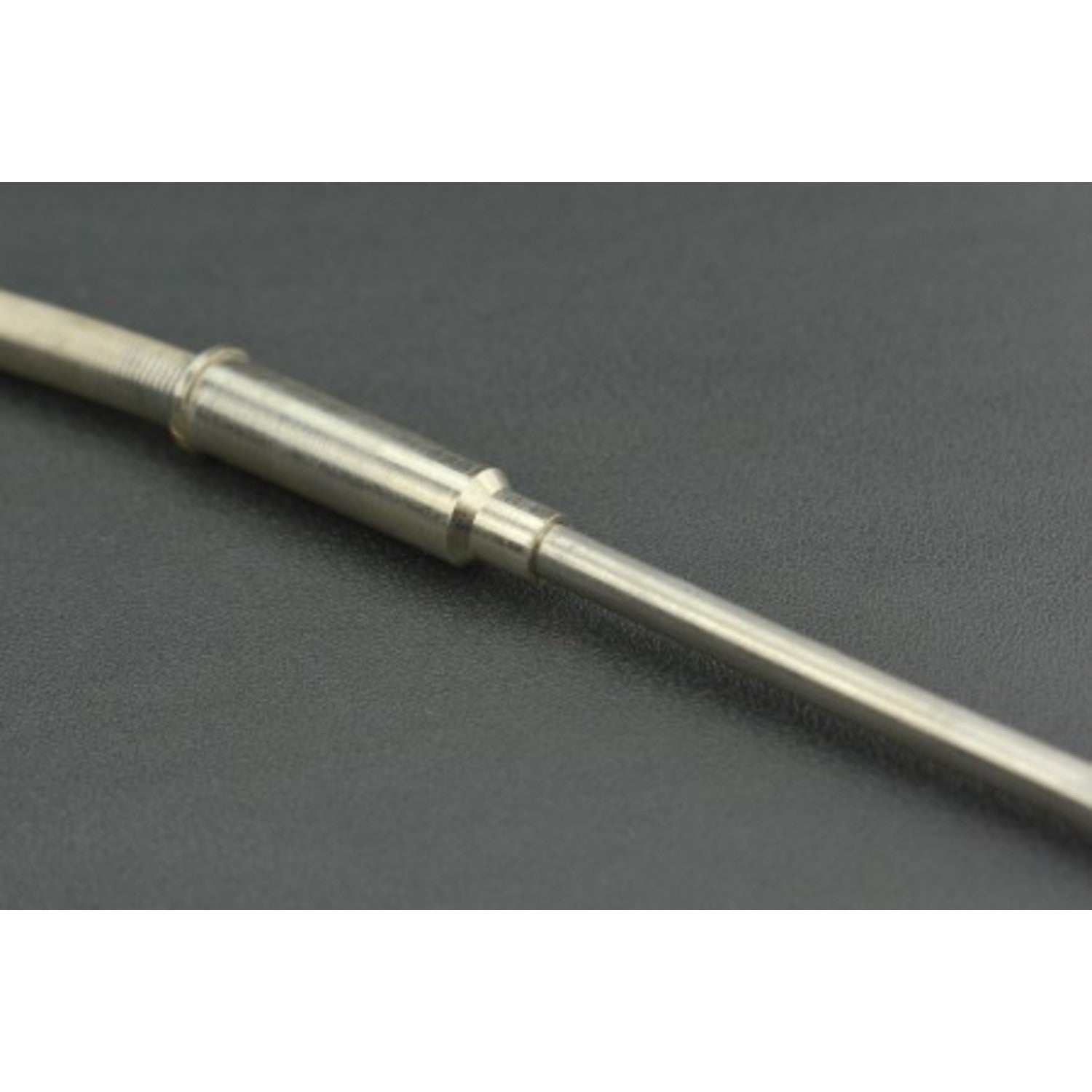
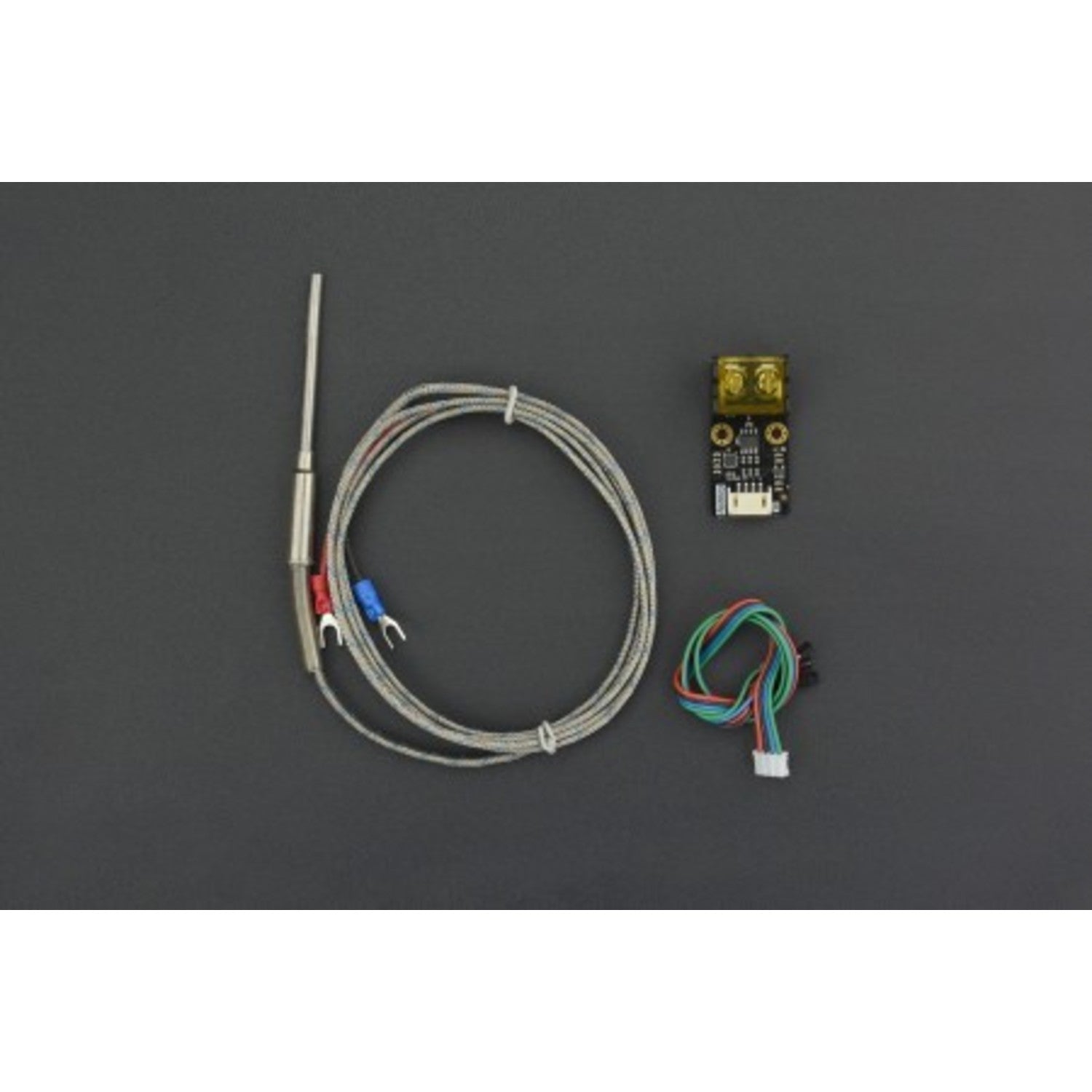
Using this Gravity I2C K - type high temperature sensor is easy. First, connect the sensor to your Arduino UNO or Raspberry Pi 3B via the Gravity I2C interface. Make sure your controller's voltage is within the 3.3V - 5.5V range. Place the K - type thermocouple probe near the high - temperature source you want to measure. The sensor will start generating voltage based on the temperature, and you can read the temperature readings on your device. When using it, avoid exposing the sensor to extremely harsh environments beyond its specified temperature range. For the armored K - type thermocouple probe, be careful not to bend the wire too much as it may damage the internal structure. To maintain the sensor, keep it clean and dry. If it gets dirty, you can gently wipe it with a soft cloth. Store it in a cool and dry place when not in use to prolong its lifespan.







